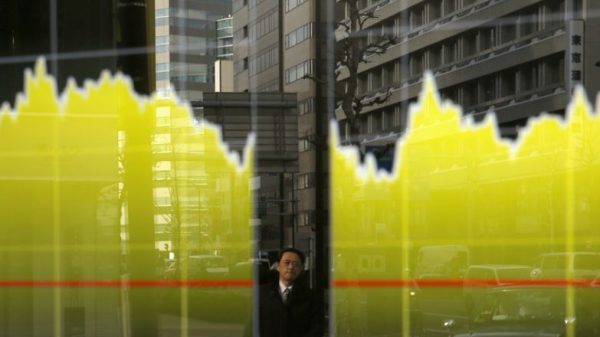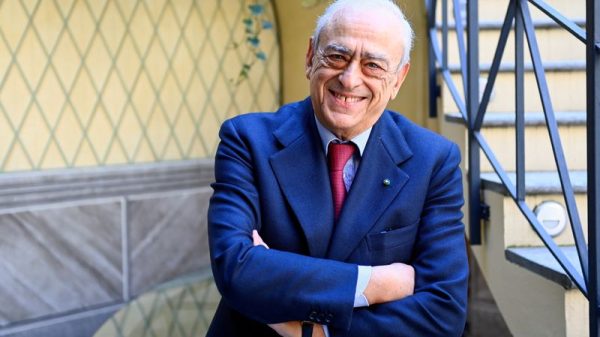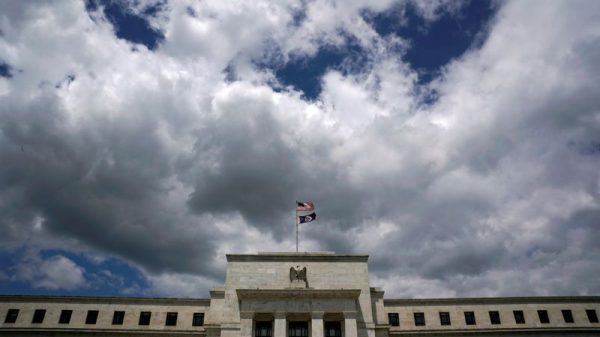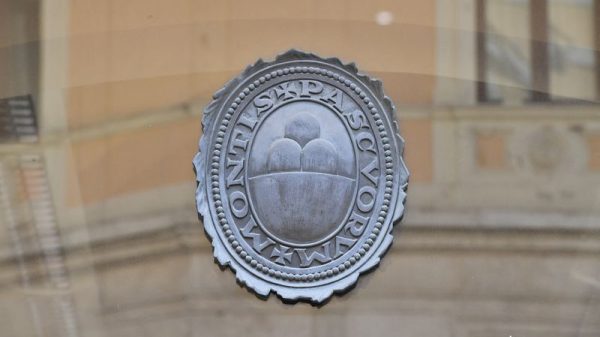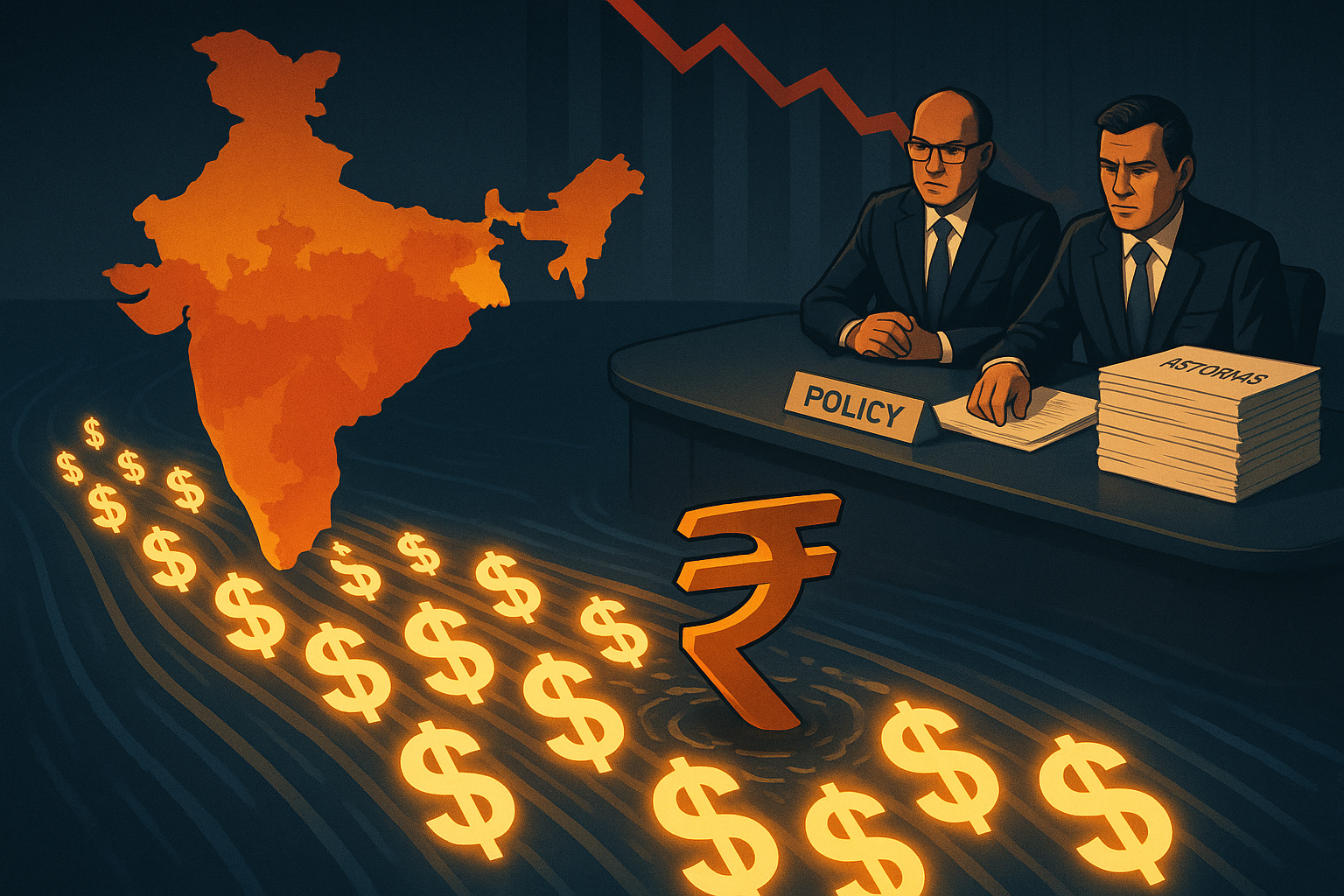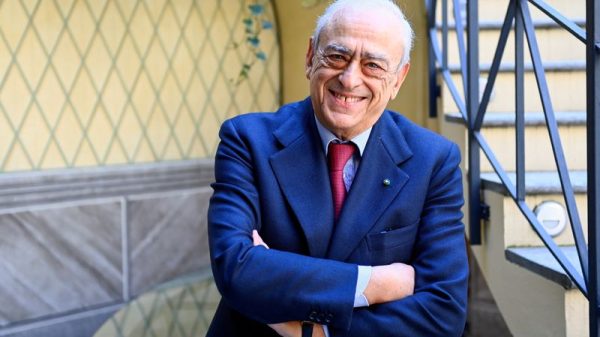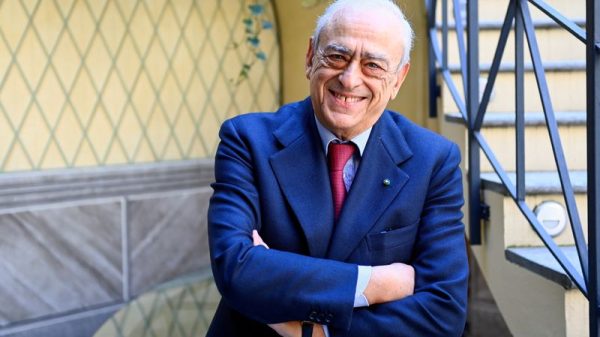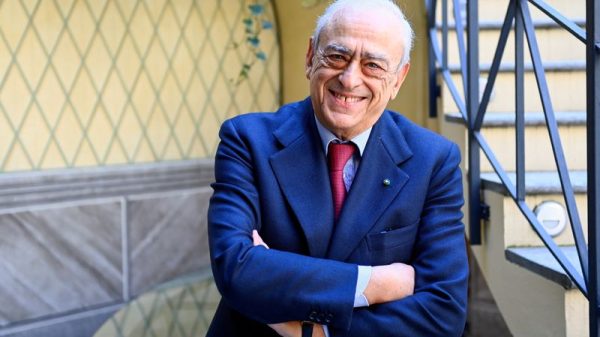Foreign investors have withdrawn over $17 billion from Indian markets so far in 2025, pushing regulators to accelerate a series of deregulatory moves aimed at restoring access and confidence.
The sustained capital flight, which has seen three consecutive months of selling through September, has pressured the rupee to record lows near 88 per dollar and dampened equity benchmarks.
The developments have prompted the Reserve Bank of India (RBI) and Securities and Exchange Board of India (SEBI) to fast-track a reform agenda designed to rebuild investor sentiment and ease market entry.
The outflows represent the second-largest nine-month retreat on record, exceeded only by 2022 when geopolitical shocks and aggressive global rate hikes triggered $22.3 billion in withdrawals.
What’s driving the exodus?
Analysts point to punitive US tariffs and a shift in global risk sentiment as the main catalysts for the sell-off, with overseas funds reducing exposure amid fears over India’s export and growth outlook.
In August 2025, the Trump administration imposed 50% tariffs on Indian goods, citing India’s continued purchase of Russian oil, raising the total duty well above the 15-20% levied on regional competitors like Vietnam, Indonesia, and Thailand.
Moody’s Ratings warned that the tariff hike could slow India’s annual GDP growth by approximately 0.3 percentage points from its current projection of 6.3% for the fiscal year ending March 2026.
Beyond trade tensions, foreign portfolio investors have rotated capital to other Asian markets offering higher relative returns and lower perceived risks.
The selloff intensified in July and August following the US Federal Reserve’s rate stance and a sharp increase in H-1B visa fees, a move that hit technology firms reliant on the program and dampened sentiment toward export-oriented sectors.
Local liquidity concerns and episodic profit-taking after strong sectoral runs have compounded the pressure, with foreign investors net selling $2.7 billion in September alone.
India’s regulatory response: Reforms in motion
RBI and SEBI have already introduced faster pathways for listings and loosened some capital and lending rules; further measures to broaden retail participation and simplify foreign entry are under discussion.
In September 2025, SEBI approved a single-window clearance mechanism called SWAGAT-FI (Single Window Automatic & Generalised Access for Trusted Foreign Investors), designed to simplify access for foreign investors considered low risk, such as sovereign wealth funds, pension funds, and large public institutions.
The system brings all routes of entry under one registration, reduces repeated compliance requirements, and is expected to cut registration times from nearly six months to 30-60 days, bringing India in line with global standards.
SEBI has also relaxed minimum IPO requirements for very large companies, reducing the mandatory public offer to 2.5% for firms with a post-issue market capitalization exceeding ₹1 lakh crore, down from 5%, and extending the timeline to meet the 25% minimum public shareholding norm to 10 years from five.
The regulator expanded the scope of anchor investors in IPOs, raising the total reservation for the anchor book from one-third to 40% and including life insurance companies and pension funds alongside domestic mutual funds.
Will reforms work?
Investors welcome the easing but say deeper structural reforms, on bureaucracy, tax, judicial clarity, and trade tensions are needed to restore long-term confidence.
An investment bank executive highlighted the “document-heavy” and complex onboarding processes as a significant deterrent, often causing investors to delay or divert their India-bound capital to more accessible markets.
Deutsche Bank representatives have engaged with Indian regulators, emphasizing the need for both regulatory and technological overhauls to enhance market efficiency.
In the short term, easing procedural barriers and faster listings can stop some outflows and attract tactical inflows by reducing friction and enhancing India’s attractiveness as an investment destination.
The post Why are foreign investors pulling billions out of India, and can reforms stop it? appeared first on Invezz

